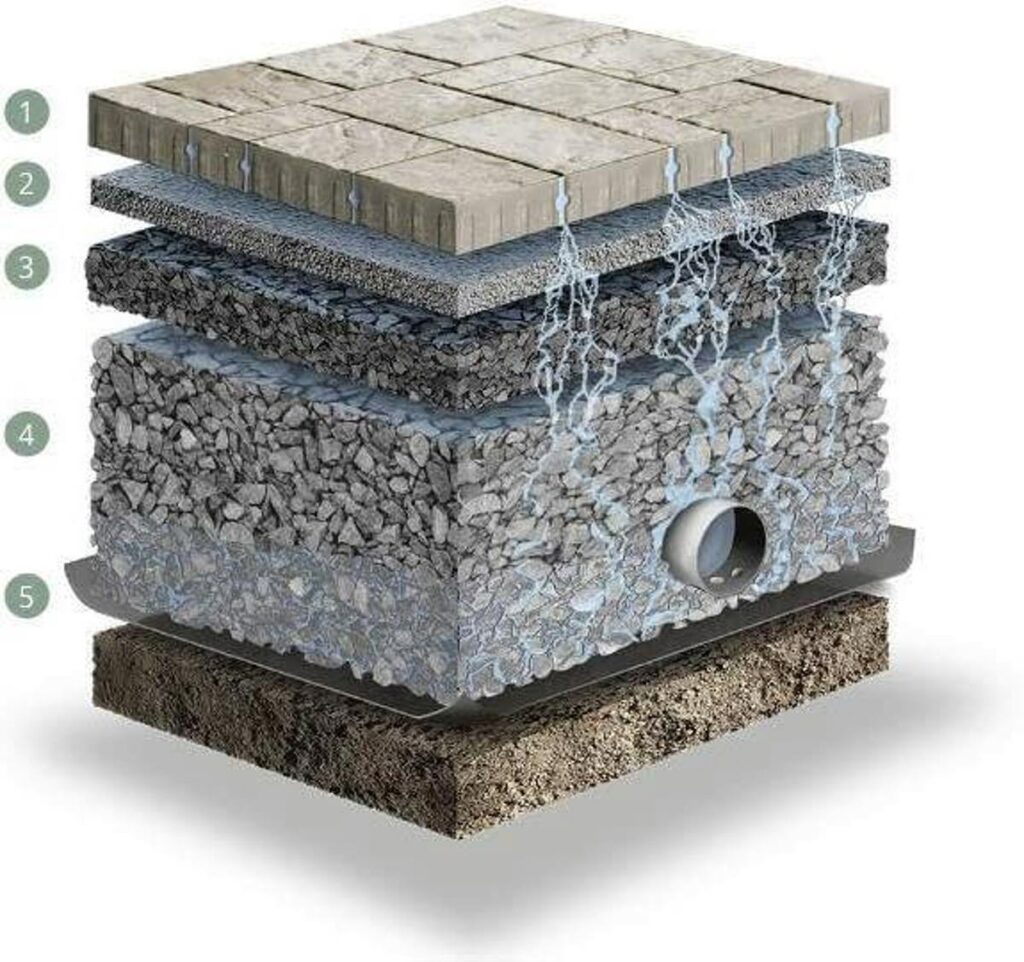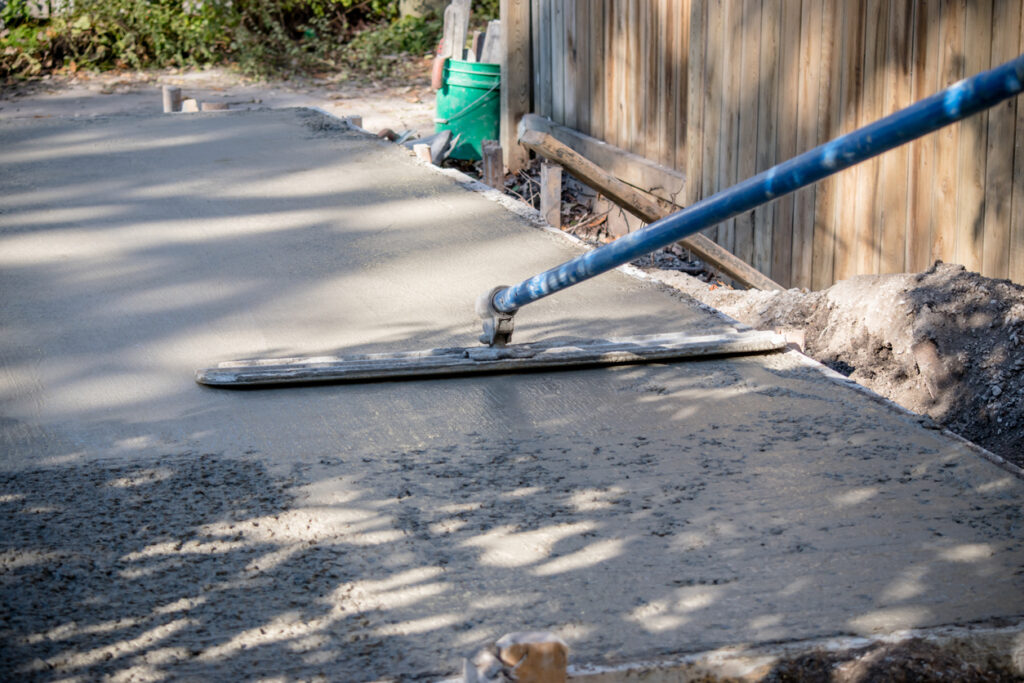Common failures in the installation of pavers, hardscapes, and patios [part 2 of 3]
Part 2 in a 3 Part Series. Part 1 focused on the surface issues. Part 2 focuses on the subsurface issues. Part 3 focuses on ways to prevent these common problems
Back with some more common problems in hardscapes, pavers, and patios, this time for those that occur below the surface:
Subsurface problems:
Geotextiles
The use not only of a geotextile, but the right geotextile is critical. When choosing a material, it is important to think of what purpose(s) it is serving:
- separation of base layers
- drainage of excess water
- filtration of sediment and debris
- structural structural reinforcement
- erosion protection
For example, if you are just trying to prevent weeds from growing, non-woven fabrics are a wonderful choice. However, they become a poor choice if you’re using them as structural reinforcement since they have poor tensile strength. And, just like with clothing you often get what you pay for, and sometimes you need to use layers.
Better fabrics also give you a bit of buffer to accommodate for other minor errors elsewhere in the installation process. Conversely, should your geotextile fail, there is a high likelihood that you need to start the job over. Simply: the proper use of geotextiles gives you a higher margin for error.
Base, subbase, and subgrade
Not all subgrade on which your hardscape is placed are created equal; sand, clay, and bedrock all behave differently. The first point to keep in mind is where is the water going to go? Will it run off the paver surface? Or, will it infiltrate as part of a permeable system? Should the soil be further compacted or loosely graded? Should it be stabilized with a geotextile? Will freeze-thaw cycles come into play? Not asking the right questions could certainly cause problems down the road.
Building up from the subgrade, there are a few common material choices for the base and subbase. In choosing the right material, it’s important to find the right balance between water drainage and durability. Larger crushed stone has large pathways for water drainage and is more resistant to frost heaving. Sand on the other hand is very forgiving for installation, but it can shift over time and clogs easily with debris. Often the right base involves layers of different material.
The other big question is: how deep should the paver base be? Unfortunately no single answer will do to this question, since again it is application dependent. A simple home patio may only need a base that is deep enough to distribute the weight (4-6 inches), while one that is built for vehicular traffic will need to be substantially deeper. Permeable paver systems—which are used to manage stormwater—put another wrinkle into this calculation. A deeper base and subbase allows for more stormwater capture, permitting infiltration even into clay soil. [Good reference for my engineering friends: ASCE 68-18]
Furthermore, as any material is laid down it needs to be compacted (yes, even stone). Depending on the material being compacted it should be compacted in 6 – 10 inch lifts to prevent settling. Additionally it’s important to use geotextiles to keep the layers separate. If you choose larger stone for drainage, and then place sand on top, rainwater will carry the sand into the pores and eventually clog them, undoing all of the smart work done in planning.

VP of Business DevelopmentAaron Fisher
Latest News

Building a Better Sea Wall
Waterfront property is the best: sea breezes, water access, and views. Unfortunately water and shoreline are always in a bit […]

Stop Building Tunnels for Stormwater
Engineers love big projects. They are statements of competence, and also make big money. However, bigger isn’t always better and […]

Understanding The Installation Costs Of Permeable Pavement
Permeable pavement has emerged as a leading solution in modern construction, known for its environmental benefits and ability to manage […]

What Accessories Do You Need For Working With Concrete?
Working with concrete is an integral part of construction, whether it involves laying foundations, building structures, or creating pathways. The […]
